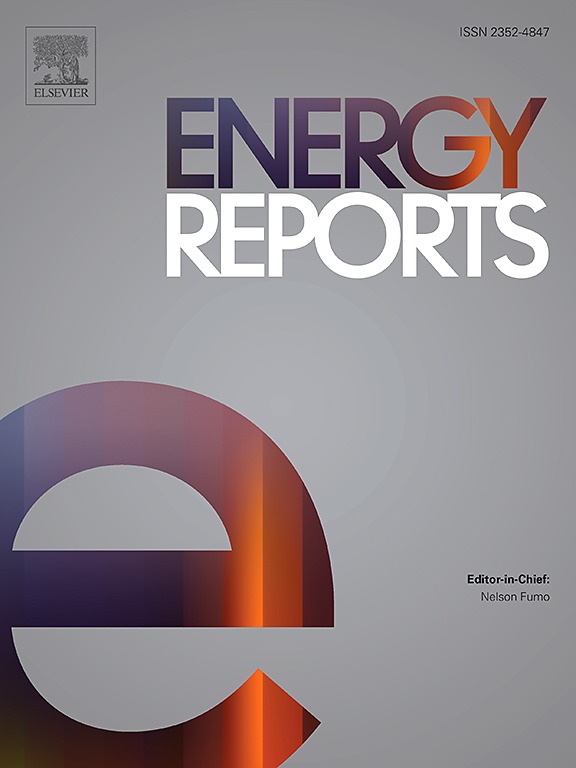Energy efficiency and thermal comfort evaluation of rooms built using different insulating materials
IF 4.7
3区 工程技术
Q2 ENERGY & FUELS
引用次数: 0
Abstract
The aim of this study is to compare and evaluate the thermal performance of polyurethane foam insulation boards against other conventional roof insulation solutions. The site chosen for this study is located in New Delhi, India. Six typical office-sized rooms were constructed: four naturally ventilated and two equipped with air conditioning systems. Thermal comfort and energy efficiency of these rooms were assessed by an experimental study in accordance with ANSI/ASHRAE Standard 55-2017 and GRIHA standard. Room air temperature, humidity, wall and ceiling temperatures, air velocity, thermal flux, light intensity, and energy consumption of the air conditioning system was measured for an entire calendar year (February 2023 to January 2024). Using these measurements, thermal comfort and energy measurement indices, namely, the predicted mean vote and percentage of people dissatisfied and energy performance index were calculated. The performance of different insulation materials was compared and the foam insulation was found to be the most effective. It enhances thermal comfort by reducing peak temperatures; maintains stable indoor conditions and significantly reduce the energy consumption of to maintain thermal comfort. A 50 mm foam insulation in the roof achieves an average annual electrical energy savings of 63.6% as compared to the non-insulated room.
求助全文
约1分钟内获得全文
求助全文
来源期刊

Energy Reports
Energy-General Energy
CiteScore
8.20
自引率
13.50%
发文量
2608
审稿时长
38 days
期刊介绍:
Energy Reports is a new online multidisciplinary open access journal which focuses on publishing new research in the area of Energy with a rapid review and publication time. Energy Reports will be open to direct submissions and also to submissions from other Elsevier Energy journals, whose Editors have determined that Energy Reports would be a better fit.
 求助内容:
求助内容: 应助结果提醒方式:
应助结果提醒方式:


